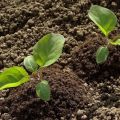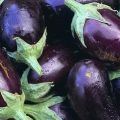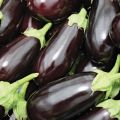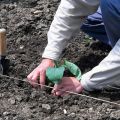Description of the Destan f1 eggplant variety, characteristics and yield
Destan eggplant has a high yield. It is used for growing outdoors or in greenhouses. The plant is early ripening, the yield from one bush is up to 9 kilograms. A characteristic feature of the culture is the demand for constant warmth.
Description and characteristics of the hybrid
Fruits, as a rule, ripen 112-120 days after they are planted in the ground. The plant is low, up to 60 centimeters. On average, the height of the bush is 71 centimeters. Fruits are dark purple, glossy, cylindrical in shape. The core of the eggplant is characterized by the absence of voids and unpleasant bitterness. Fruit weight reaches 300 grams.
Pros and cons of the variety
Advantages:
- high productivity;
- stable fruiting;
- fruits lend themselves well to various types of transportation.
Disadvantages:
- The plant needs stable heat without temperature fluctuations.
- Shaping required.
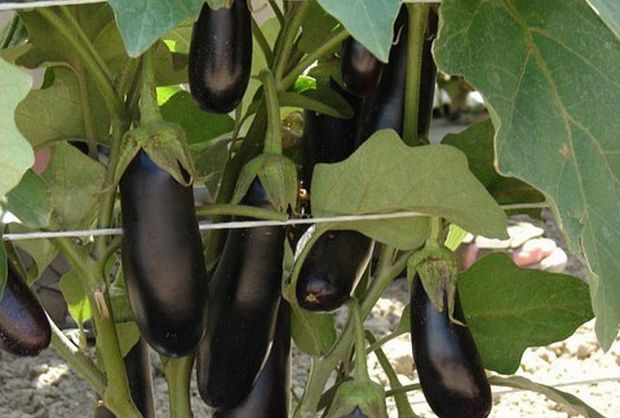
Growing eggplant
The main reason plants are sluggish is the low air and soil temperatures.
In the event that you have a greenhouse or an equipped greenhouse, then you can start growing Destan seedlings from April 10 to 15.
Landing dates
The most favorable time for sowing seeds in boxes is mid-March. After the sowing procedure, the seedlings must be kept in a well-lit place, constantly making sure that the soil temperature is not below 15 degrees. Sow lightly, otherwise the sprouts will stretch out.
Twenty days after planting, cut the seedlings into pots, greenhouses or beds.
Problems with Destan eggplants at the seedling stage most often arise due to incorrect temperature conditions. So take your time planting seeds in cool soil. It is better to plant the plants a month later than expected, but in the end, get a higher yield. Do not forget that the ancestors of eggplant came to us from India.

Sowing seeds and caring for seedlings
If you are going to grow seedlings in a room on a windowsill, then sow seeds on March 20-25. Sow in a small box or pot filled with potting soil first.
Potting mix options:
- Garden land, humus, peat in a ratio of 3: 2: 1. Add 1/2 cup per 10 liters of wood ash if desired.
- The second option is humus and sod in a one-to-one ratio.
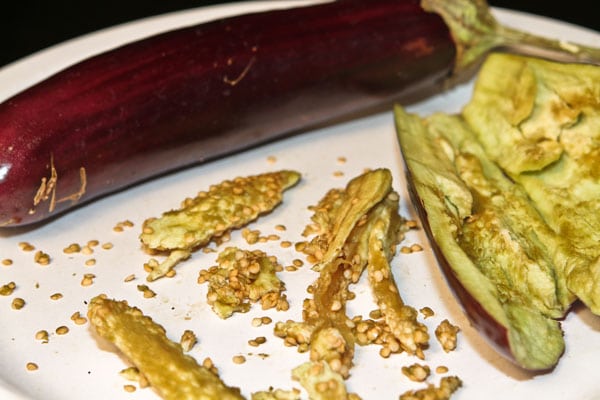
It is difficult to maintain the required temperature in room conditions. Strive to maintain the temperature at a given level, otherwise you will not achieve a positive result.
If the seeds are of high quality, and the temperature is maintained correctly, then the seedlings will appear in 10-12 days, or even earlier.
The lack of seedlings indicates that you have made a mistake. Either raise the temperature or sow the seeds again.
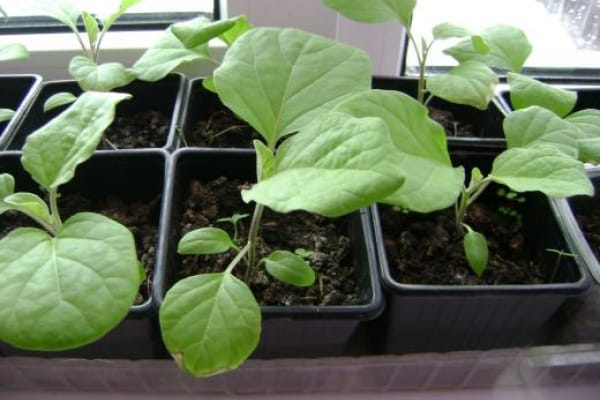
Selecting and preparing a landing site
The most suitable soil for eggplant is loamy or sandy loam.
The Destan variety feels good on heavier soils, it is necessary to introduce peat and humus into the soil at the rate of one bucket of each fertilizer per square meter of land.
It is also necessary to dilute heavy soil with coarse river sand or sawdust. It is better to do this in the fall, six months before the moment when the seedlings are planted.
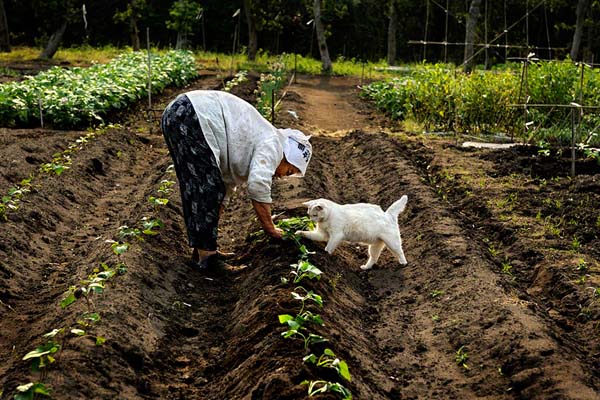
Transplanting
After the first true leaves appear, the sprouts must be planted in different pots, which must necessarily be filled with exactly the same soil in which the seeds were sown.
Crops should be watered every two to three days, always with warm water and always through a strainer. The moment the seedlings acquire at least four true leaves, they can be watered every day.
Culture care
When the weather is stable, warm, transfer the seedlings to the balcony or place them under a plastic cover.
With the onset of night, the seedlings must be removed to a warm place. It is advisable to land in two rows.

How to water
For this crop, watering is most important during hot days. Indeed, despite the fact that eggplants are from India, they do not feel comfortable in extreme heat.
- Water the plants twice a day during the hot season.
- In the aisles it is necessary to make grooves, which from time to time will need to be mulched with straw or sawdust.
- The soil around the bushes themselves should also be mulched, as this helps to retain moisture, and will help to some extent get rid of the frequent carrying out of such a procedure as loosening.
- Also, by resorting to the aforementioned mulching procedure, you can muffle such an unpleasant process as overheating of the soil. With severe overheating, the plant can shed not only its flowers, but also its leaves.
- It is best to water the furrows between the rows, since in this case the water does not spread and, firstly, you save water, and secondly, you spend less time and effort on this operation.

Fertilizer
Sprouts need to be fed ten days after they emerge. Top dressing should be done with a solution of slurry and poultry droppings or a variety of complex mineral fertilizers.
Seedlings are fed after 8-10 days with a solution of slurry (1:10), poultry droppings (1:15) or mineral fertilizers, mainly with a mixture of urea, superphosphate, potassium sulfate taken in equal proportions (potassium can be replaced with ash, but you need to take it three times more than nitrogen and phosphorus fertilizers).
Bush formation
Remove unnecessary stepsons from the bush. This technique will relieve the stress on the bushes and help the plants set larger fruit. Remove the flower that forms in the middle of the first fork.
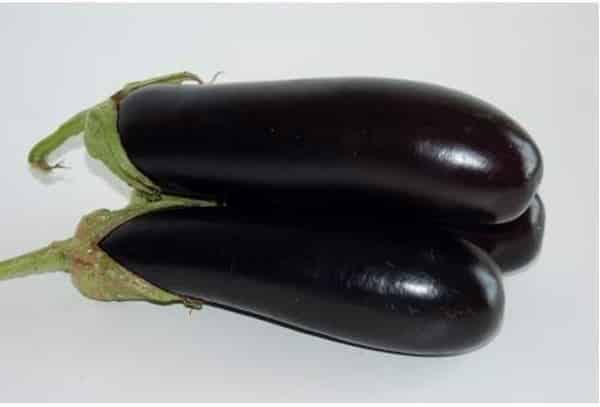
Protection against diseases and pests
One of the most important things about eggplant harvesting is that it should never be removed immediately after using pest control products.
As a rule, the first fruits appear in mid-July. They are not advised to be removed, because the very first eggplants are distinguished by low taste, as well as the presence of a large amount of acids and tannins.
Harvesting and storage
The time when the fruit can be harvested is not easy to determine, since they do not differ in color from ripe fruits.When the vegetables are completely overripe, they will become pale or red in color, and the flesh will become rough and not edible.
Ideally, eggplants are harvested between these two stages.
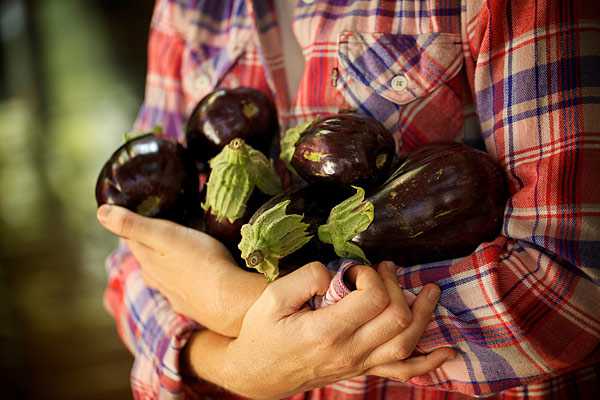
Overripe eggplants that are not suitable for harvest are difficult to identify. Typically, the fruit begins to brighten from tip to calyx. In the event that you do not have time to collect them, they will become pale and unattractive.
Fruits that you pick ahead of time will wrinkle and become too soft.
Collect eggplant once a week. Ideally, a pruner should be used for harvesting, as the fruits should be disconnected from the bush with great care so as not to damage the "neighbors" in any way.
If the fruit is damaged or left without a stalk, then it must be used as soon as possible, otherwise it will disappear.
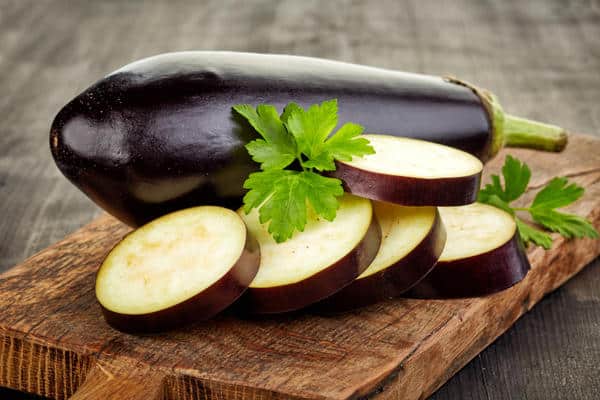
Fruits weighing three hundred grams are best stored. If you take fruits for processing, then you can cut specimens of any shape and mass. The main thing is that they are not overripe. On average, the eggplant yield is about 350-400 kilograms per one hundred square meters. This crop is not intended for very long storage.
In no case should the fruits be stored in the light - the poisonous substance solanine accumulates in them. Solanine is an alkaloid, in addition, it impairs the taste of the finished product.



